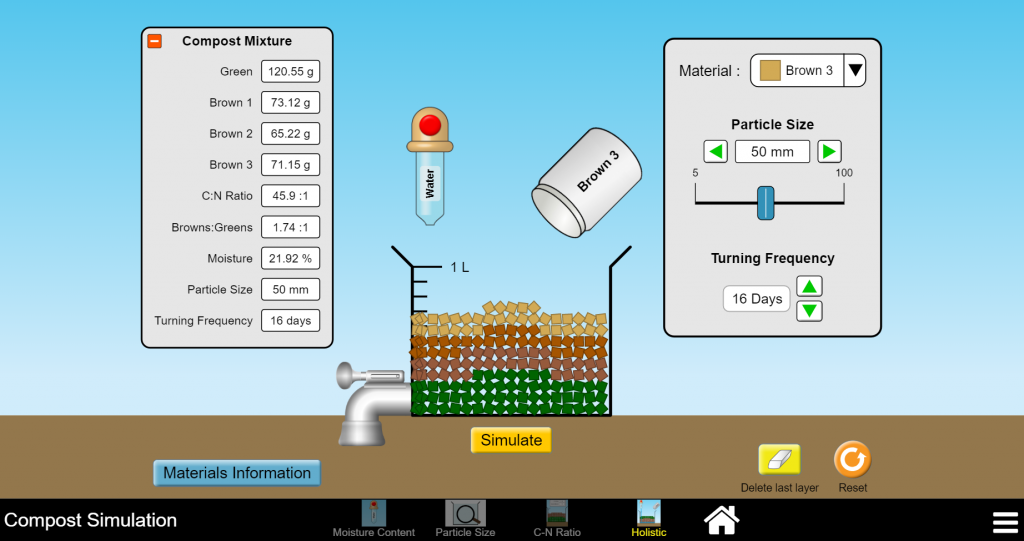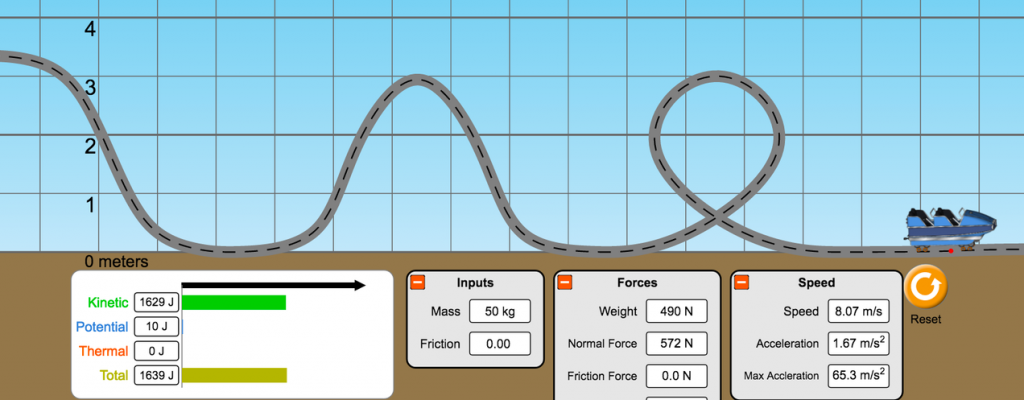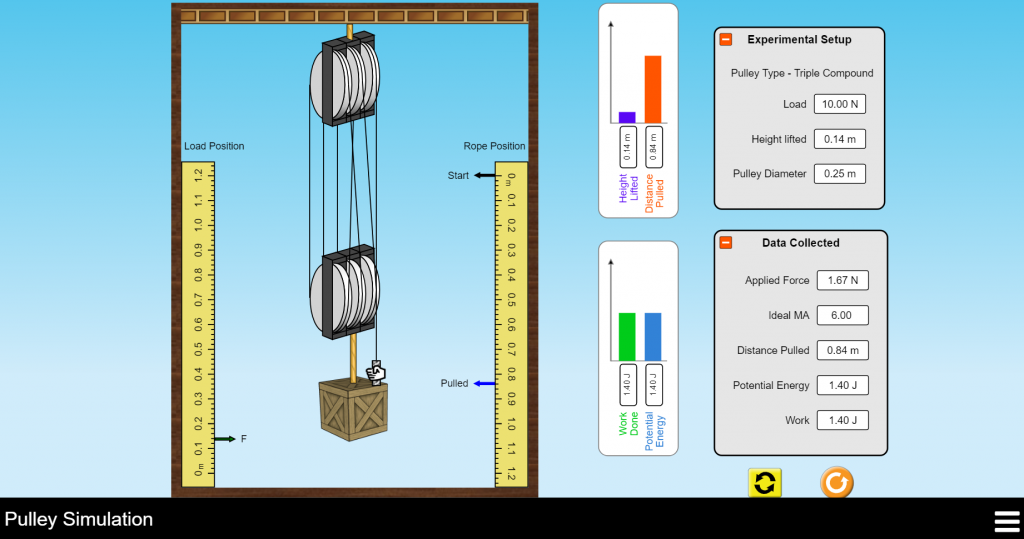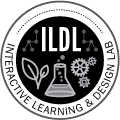Technology/Simulations
We have developed several digital learning environments that middle school students can use to plan and carry out investigations. All of our virtual simulations allow students to systematically manipulate independent variables to collect and interpret data, use evidence to make claims, and write explanations in ways similar to scientists and engineers. The simulations also provide visualizations and opportunities to run trials in idealized environments, such as conducting trials with no friction, to support students’ construction of science ideas and relationships. There are links to go to the simulations online.

Vidyamap
- VidyaMap combines images and text with an interactive concept map that allows students to click on related concepts and read information on the concept
- Promotes inquiry-based learning and co-construction of knowledge
- Tracks click data and log files for later analysis

Compost Simulation
- Provides students with opportunities to explore three important compost variables (moisture, particle size, and carbon nitrogen ration), which can be adjusted independently or together in a holistic model combining all three
- Allows students to input different types of “organic materials”
- Simulates the output of the compost over time
- Provides information on the decomposition, odor, air circulation, and temperature
- Built in scaffolds prompting students to think about how to create a better compost in their next trial

Roller Coaster Simulation
- Features a drag and drop track, where students can change height of the different sections of the roller coaster and adjust variables like friction and mass of cart
- Graphs provide students with information about kinetic, potential, thermal, and total energy over time
- Provides real-time force vector diagrams as the cart moves over the track, as well as max/min force, speed, and acceleration

Inclined Plane Simulation
- Models how objects move up inclined planes
- Variables include load, ramp length and height (which changes the angle), and friction
- Graphs provide visualizations of work, and potential and thermal energies over time
- Provides real-time force vector diagrams as the load is being moved

Pulley Simulation
- Students can select and test six different pulley types
- Variables include type of pulley system, pulley diameter, load, and hight to lift the load
- Graphs provide visualizations of work and potential energy over time
- Visuals of how heigh the load is lifted and how far the rope is pulled are provided
